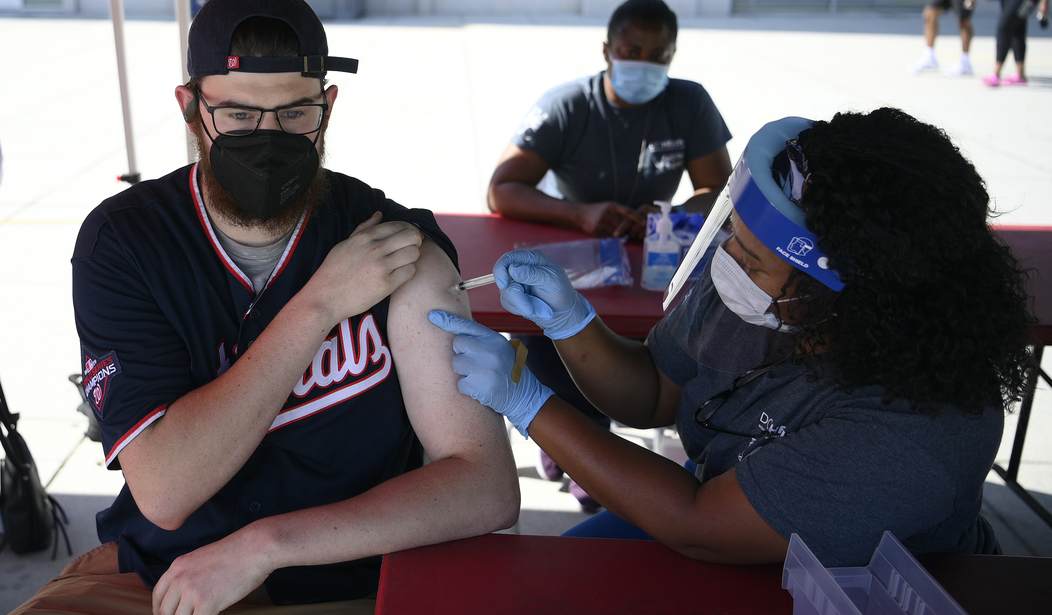Joe Biden signed a joint resolution ending the COVID-19 national emergency on Monday, bringing an end to some of the emergency authority the president and Congress wielded to deal with the pandemic.
The national emergency allowed the government to take sweeping steps to respond to the virus, including waivers meant to help healthcare providers serve patients during the pandemic. The real authority granted to the executive during the pandemic was in the public health emergency, and that won’t be ended until May 11.
The White House originally objected to the Congressional resolution ending the national emergency, saying that “an abrupt end to the emergency declarations would create wide-ranging chaos and uncertainty throughout the health care system — for states, for hospitals and doctors’ offices, and, most importantly, for tens of millions of Americans.”
But Biden made no effort to veto the legislation, largely because the vote in the Senate — 68-23 — was one of the most bipartisan votes during his presidency.
The administration said once it became clear that Congress was moving to speed up the end of the national emergency it worked to expedite agency preparations for a return to normal procedures. Among the changes: The Department of Housing and Urban Development’s COVID-19 mortgage forbearance program is set to end at the end of May, and the Department of Veterans Affairs is now returning to a requirement for in-home visits to determine eligibility for caregiver assistance.
Legislators last year did extend for another two years telehealth flexibilities that were introduced as COVID-19 hit, leading health care systems around the country to regularly deliver care by smartphone or computer.
Unwinding the public health national emergency will be an entirely different story. The public health emergency is firmly embedded in the nation’s health care system, and untangling public health from private health is going to take time. One example is free vaccines and COVID tests. The Biden administration wants to continue offering vaccines free of charge and free COVID-19 tests but would need authority and money from Congress — something people many argue they should have gotten in the first place.
And then there’s the lifting of Title 42 and the nightmare scenario of tens of thousands of illegal aliens rushing the border. Biden has severely curtailed the asylum program already but has yet to deal with the potential flood of illegals from Central America who will attempt to cross the border once Title 42 is lifted.
Related: Pandemic Privateers: The 40 (Largely Chinese) COVID Profiteers-Turned-Billionaires
In addition to ending national emergencies, the Biden administration is planning to bring the next-generation vaccine development online — a $5 billion-plus program to develop new coronavirus vaccines and treatments.
“It’s been very clear to us that the market on this is moving very slowly,” Ashish Jha, the White House coronavirus coordinator, said Monday. “There’s a lot that government can do, the administration can do, to speed up those tools … for the American people.”
Jha and others said the new effort will focus on three goals: creating long-lasting monoclonal antibodies, after an evolving virus rendered many current treatments ineffective; accelerating development of vaccines that produce mucosal immunity, which is thought to reduce transmission and infection risks; and speeding efforts to develop pan-coronavirus vaccines to guard against new SARS-CoV-2 variants, as well as other coronaviruses.
At this point, what should take preeminence is vaccine safety. Otherwise, we’ll be left with the same kind of doubts and mistrust that current vaccines elicit.










Join the conversation as a VIP Member